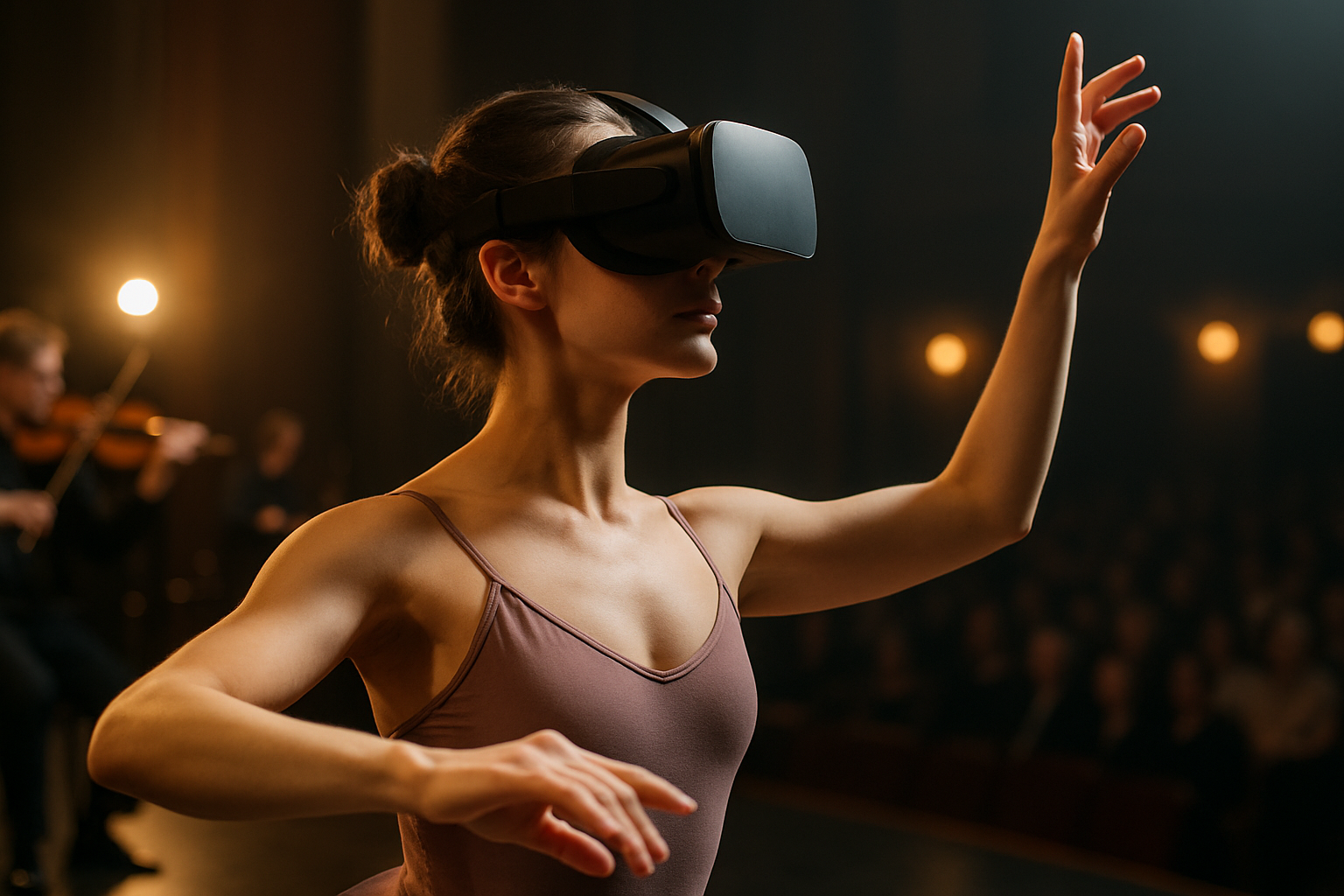Holographic Happenings: The Resurgence of Mixed Reality in Performance Art
From digital dancers to virtual vocalists, holographic technology is revolutionizing live performances. This cutting-edge blend of reality and illusion is breathing new life into the arts, captivating audiences worldwide with its innovative approach to entertainment. As mixed reality continues to evolve, it's reshaping our understanding of what's possible on stage and screen, blurring the lines between the physical and digital realms in ways that were once relegated to science fiction.

Technological Advancements Driving the Trend
Recent years have seen significant leaps in holographic technology, making it more accessible and versatile than ever before. High-resolution projectors, advanced motion capture systems, and sophisticated rendering software have combined to create lifelike digital performers that can interact seamlessly with their flesh-and-blood counterparts. The development of real-time rendering capabilities has been particularly crucial, allowing for dynamic, responsive holograms that can adapt to live situations.
The Creative Possibilities of Digital Performers
Holographic technology has opened up a world of creative possibilities for artists and performers. Choreographers can now design routines that defy the laws of physics, with dancers seamlessly transitioning between physical and digital forms. Musicians can duet with historical figures or fantastical creatures, while theater productions can incorporate larger-than-life set pieces and characters without the constraints of physical props or costumes. This fusion of the tangible and the virtual is pushing the boundaries of artistic expression in exciting new directions.
Cultural Impact and Audience Reception
The rise of mixed reality performances has been met with a mix of enthusiasm and skepticism from audiences and critics alike. While many are thrilled by the innovative spectacles and unique experiences offered by holographic shows, others worry about the authenticity of digital performers and the potential for technology to overshadow human artistry. However, as the novelty wears off and mixed reality becomes more integrated into mainstream entertainment, audiences are increasingly judging these performances on their artistic merits rather than their technological wow factor.
The Future of Mixed Reality in the Arts
As holographic technology continues to advance, we can expect to see even more ambitious and immersive mixed reality performances in the coming years. Some experts predict that personalized holographic experiences could become commonplace, with audience members able to interact with digital performers in real-time. Others speculate about the potential for fully virtual concerts and plays, accessible from anywhere in the world. Whatever form it takes, it’s clear that mixed reality is poised to play a significant role in shaping the future of live entertainment.
Ethical Considerations and Artistic Integrity
The rise of holographic performances has raised important questions about artistic integrity and the rights of performers. The use of deceased artists’ likenesses, in particular, has sparked debates about consent and the preservation of legacy. Additionally, there are concerns about the potential for digital performers to replace human artists, particularly in the realm of background dancers and session musicians. As the technology evolves, it will be crucial for the entertainment industry to establish clear guidelines and ethical standards for the use of holographic performers.
The Economic Impact on the Entertainment Industry
The integration of mixed reality into live performances has significant implications for the entertainment industry’s economic landscape. While the initial costs of implementing holographic technology can be substantial, it offers the potential for reduced touring expenses and the ability to stage simultaneous performances in multiple locations. This could lead to increased accessibility for audiences and new revenue streams for artists and production companies. However, it also raises questions about the future of traditional venues and the job security of performers and crew members in an increasingly digital landscape.
Collaboration Between Artists and Technologists
The successful implementation of mixed reality in performance art requires close collaboration between artists and technologists. This interdisciplinary approach is fostering new forms of creativity and innovation, as performers, directors, and designers work alongside software engineers and visual effects specialists to push the boundaries of what’s possible on stage. This fusion of art and technology is not only producing groundbreaking performances but also driving advancements in fields like computer graphics, artificial intelligence, and user interface design.
The Role of Mixed Reality in Education and Preservation
Beyond its applications in entertainment, mixed reality technology is proving to be a valuable tool for education and cultural preservation. Holographic recreations of historical performances or long-lost works of art offer new ways to engage with cultural heritage. Museums and educational institutions are beginning to explore the potential of mixed reality to create immersive, interactive exhibits that bring history and art to life in unprecedented ways. This technology may play a crucial role in preserving and disseminating cultural knowledge for future generations.
Challenges and Limitations
Despite its potential, mixed reality in performance art faces several challenges. Technical issues such as lighting conditions, viewing angles, and the need for specialized equipment can limit the effectiveness of holographic displays. There’s also the risk of the uncanny valley effect, where near-realistic digital humans can provoke discomfort in viewers. Additionally, concerns about digital rights management and the potential for unauthorized use of performers’ likenesses present legal and ethical hurdles. Overcoming these obstacles will be crucial for the widespread adoption and long-term success of mixed reality in the arts.




